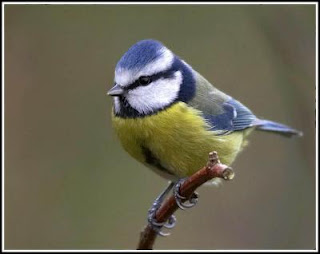 |
| Beautiful British Birds |
 |
| Pretty British Birds |
 |
| Antique British Birds |
Many of the 18 parishes in Great Britain had "sparrow clubs" to eliminate as many sparrows that may be due to its degradation products. Donations continue to be paid until the 19th century it was noticed that the removal was not working. Unfortunately, the house sparrow is now trying to survive along with many other common birds in Great Britain and their numbers have declined in the IUCN Red List of threatened species is placed. It is thought that the lack of suitable nest sites and food aid is reduced.
In 1950s England, the sparrow population is 9.5 million to 12 million, was increased in the 1970s. In the 1990s the number began to fall and the population is estimated to stand at 6 million. Male sparrow has a gray crown and nape, dark brown on both sides of the head with the black edges and BIB. Older men, BIB, the better he is attracted to a partner. Top plumage flecked with brown, gray, and is interested. Sparrow female duller, with a very dark part and a cream colored stripe above the eye.
Sparrow, mainly in urban areas and arable land is near. A flock of sparrows often conduct themselves according to their noisy squabbling, the lottery, especially when fighting for food. Islands in the South East and Great Britain are often seen. House Sparrows breed from April to August, which prefer to nest in colonies of 10 to 20 pairs. They nest in burrows and holes in ceiling tiles, or if there is such a shortage, then they build a nest of thick hedge. They lay up to 6 eggs that incubate for about 12 days. Sparrows can be 3 or 4 broods during a breeding season to increase. Sparrow naturally in insects during the summer and winter grains, although they will eat many kinds of food provided by humans, such as bread, grated cheese, fat and eat the developing seed mix.
{ 1 comments... read them below or add one }
coolllll
Post a Comment